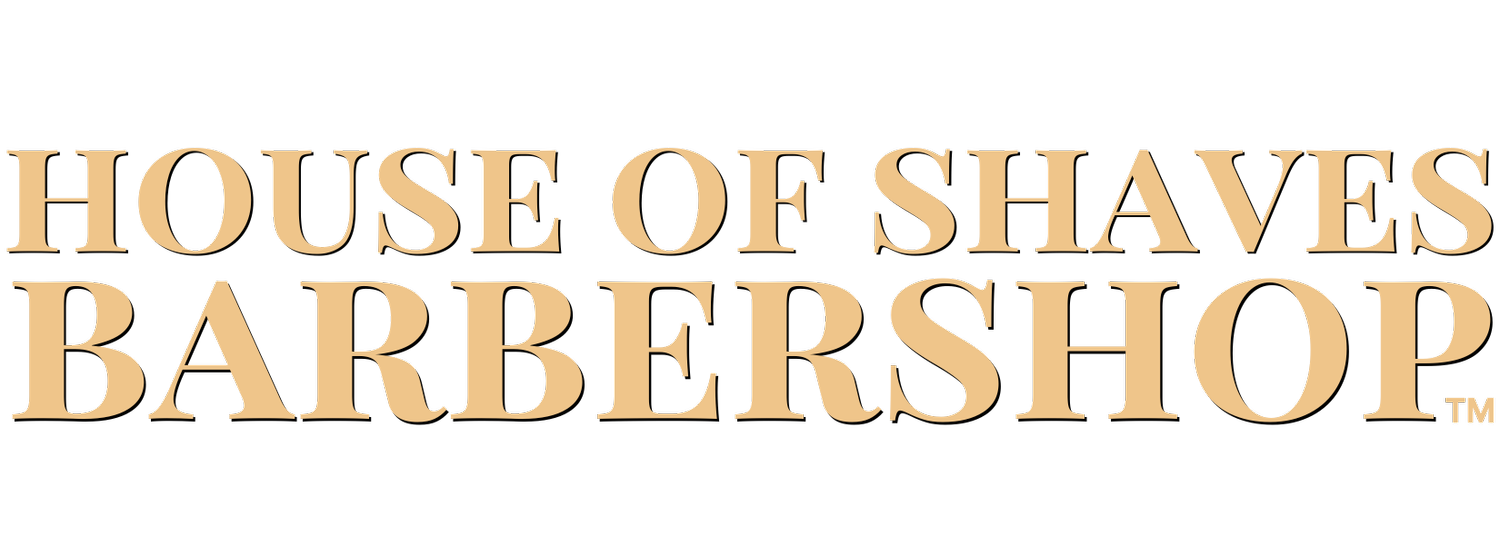Introduction:
The anticipation of a trip to the barber often raises questions beyond the style and cut you envision. One common dilemma among patrons is whether barbers prefer working with clean or dirty hair. The answer may not be as straightforward as you think. In this blog, we explore the nuances of this age-old question, shedding light on what truly matters in the barber's chair.
Clean Hair: The Canvas for Precision
One school of thought suggests that clean hair provides a pristine canvas for the barber's artistry. Working with clean hair allows for precise cutting, styling, and detailing. The absence of excess product or natural oils enables the barber to assess the hair's natural texture and make more accurate decisions about length, layers, and overall shaping. Clean hair often leads to a smoother and more refined result, particularly for intricate styles or detailed fades.
Dirty Hair: The Texture Advantage
On the flip side, some argue that dirty hair presents unique advantages. The natural oils and product residue in unwashed hair can provide a certain texture and hold that makes it easier to manipulate during the cutting process. This can be especially beneficial for styles that require a bit of grip or for those who prefer a more textured finish. Some barbers appreciate the additional weight and structure that slightly dirty hair brings to the styling equation.
The Middle Ground: A Little Bit of Both
In reality, the preference for clean or dirty hair often depends on the specific style and the individual needs of the client. Many barbers find that the sweet spot lies somewhere in between—hair that's not squeaky clean but not overly greasy either. A day-old wash strikes a balance, offering the benefits of both clean and dirty hair.
Considerations for Specialty Services
When it comes to certain services like coloring or chemical treatments, having clean hair is typically preferred. Clean hair allows for better product penetration, ensuring the color or treatment is applied evenly and effectively. For these services, following any specific pre-appointment instructions provided by the barber is crucial for optimal results.
Communication is Key
Ultimately, the key to a successful barber-client relationship is communication. If you have a specific preference for how your barber approaches your hair, be sure to express it. A quick chat about your styling routine, product use, and how frequently you wash your hair can help your barber tailor their approach to meet your individual needs and expectations.
Conclusion:
The debate over clean versus dirty hair in the barber's chair is not a one-size-fits-all situation. The best approach often depends on the individual's hair type, the desired style, and personal preferences. Whether you're a fan of the clean canvas or appreciate the textured advantage of slightly dirty hair, open communication with your barber ensures that you leave the chair not just with a great cut but with a tailored experience that suits your unique style.
